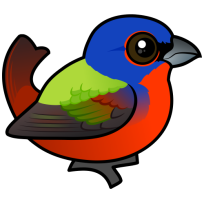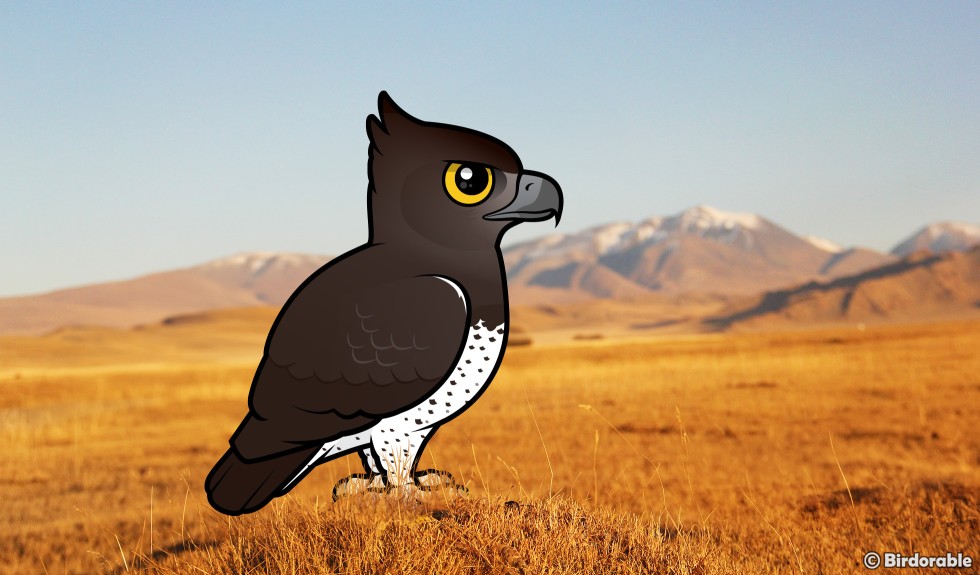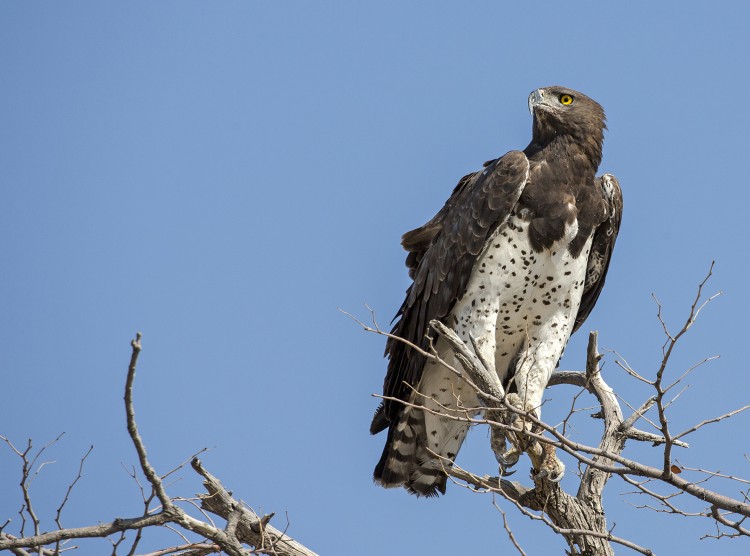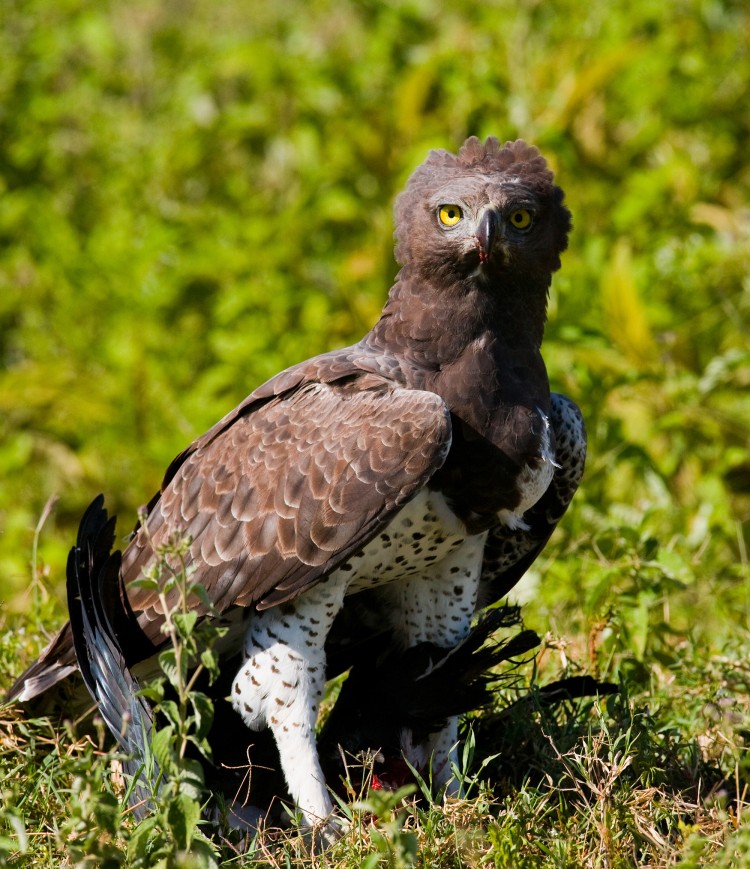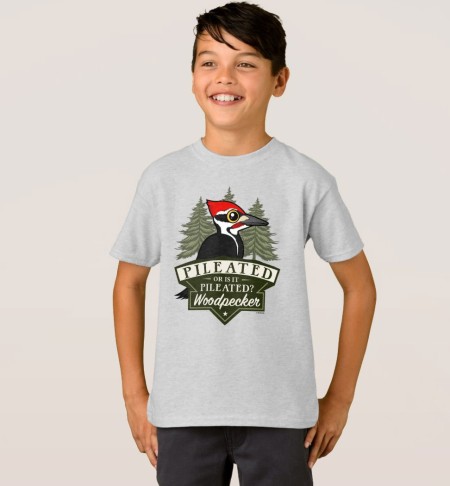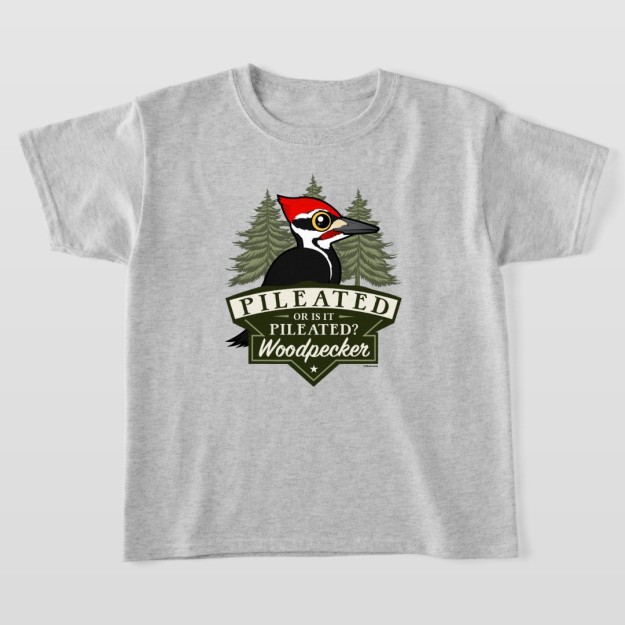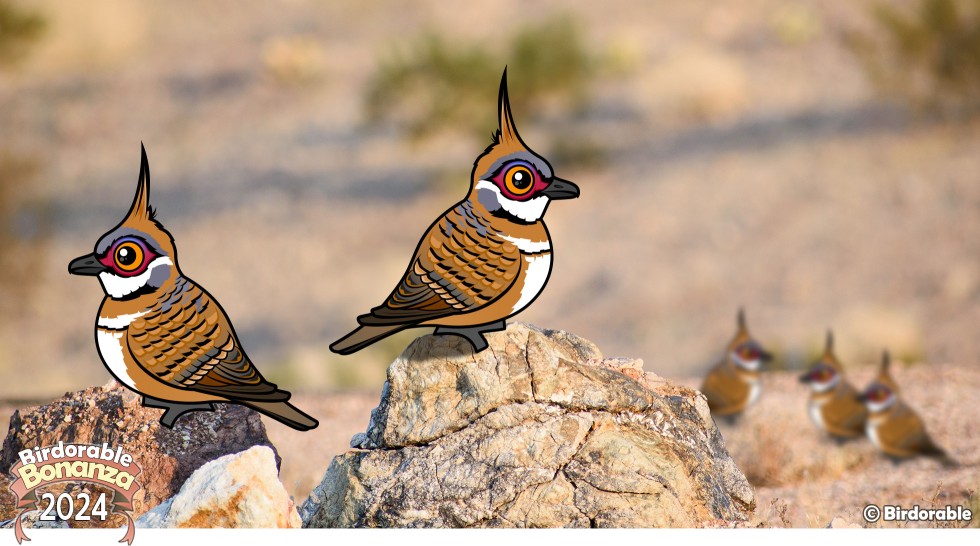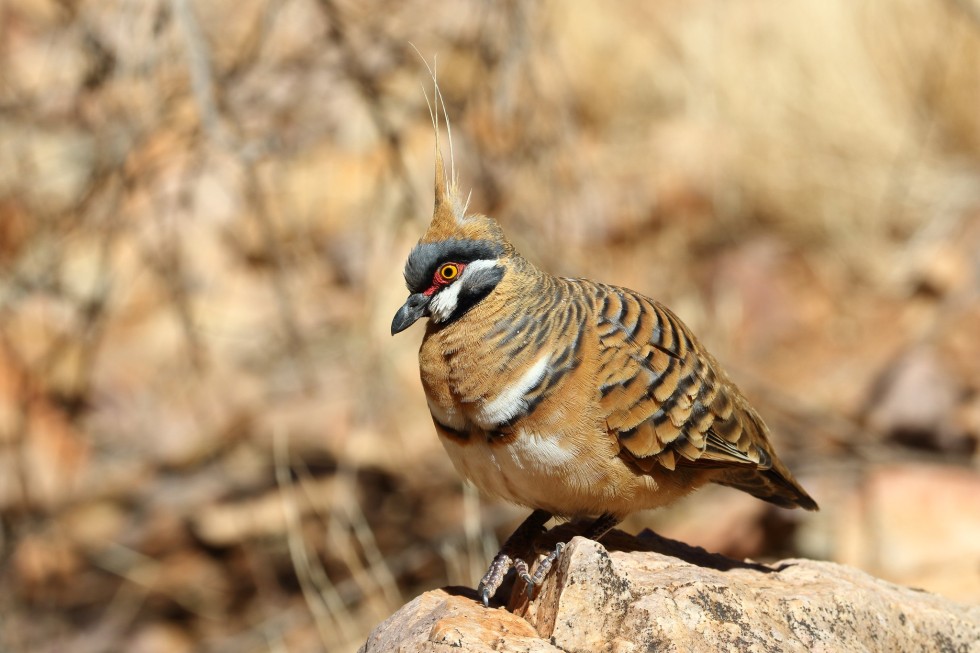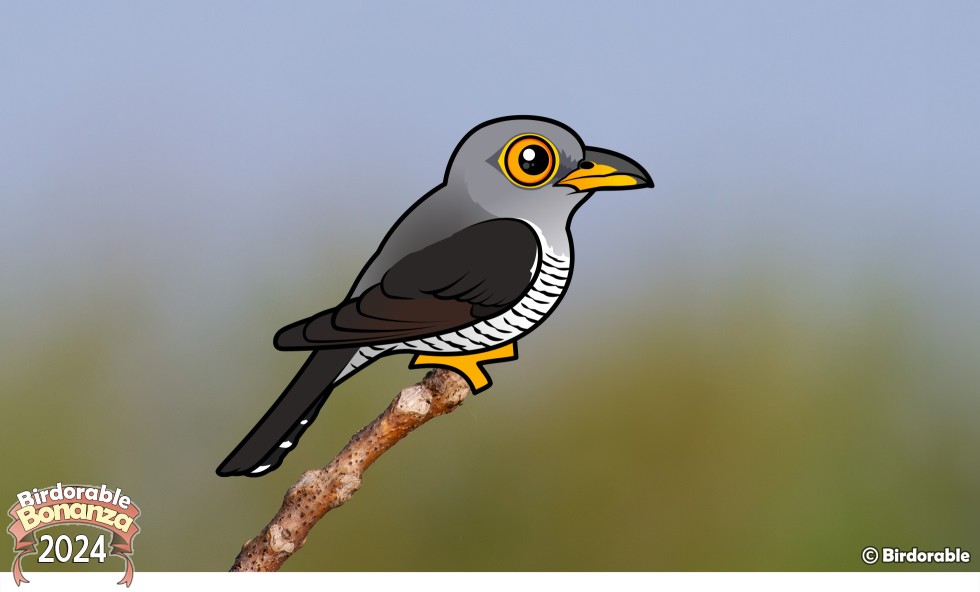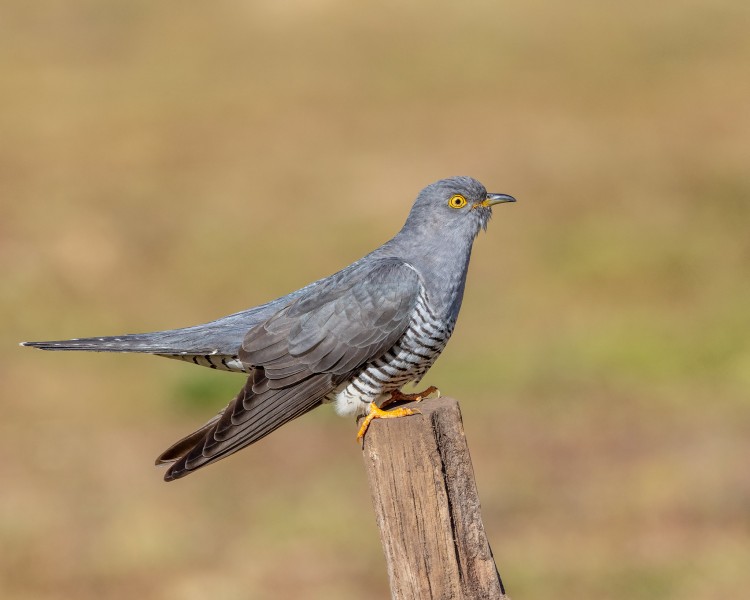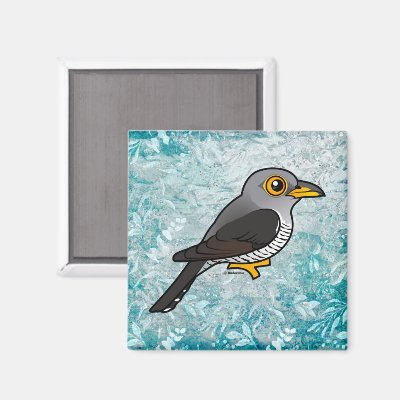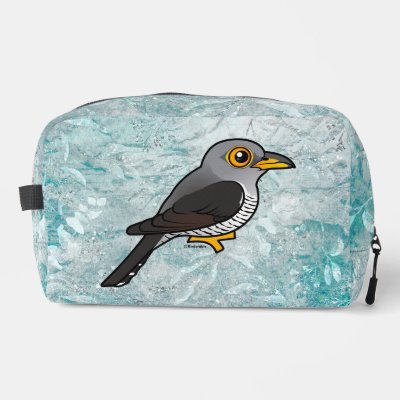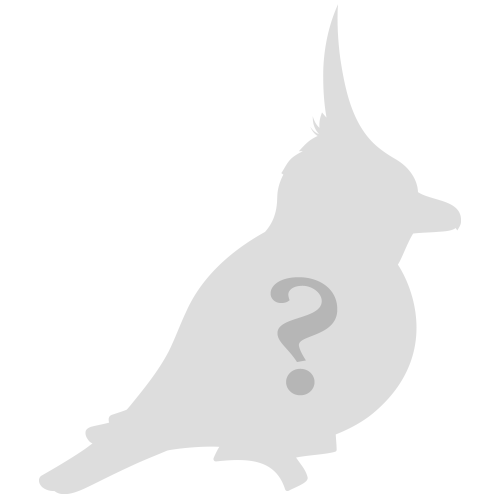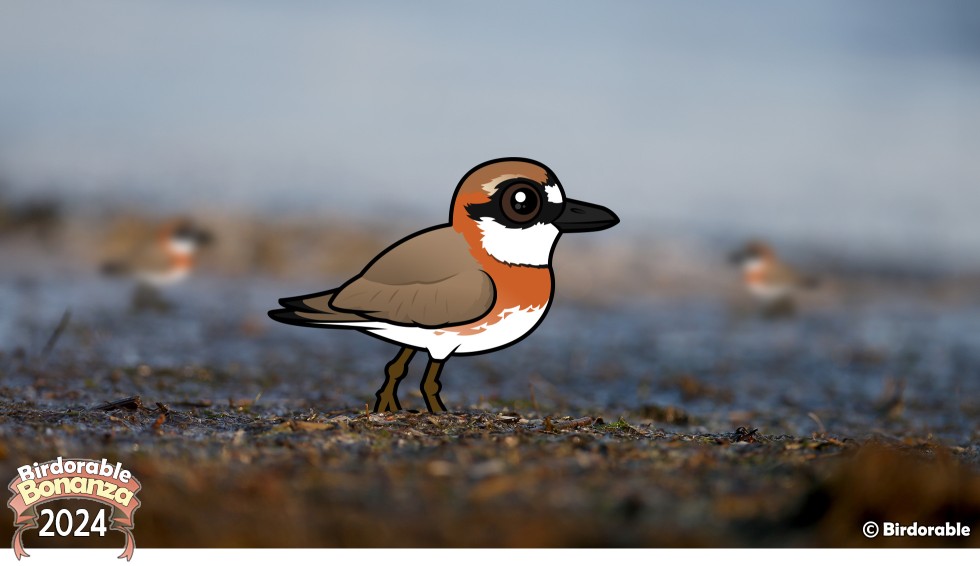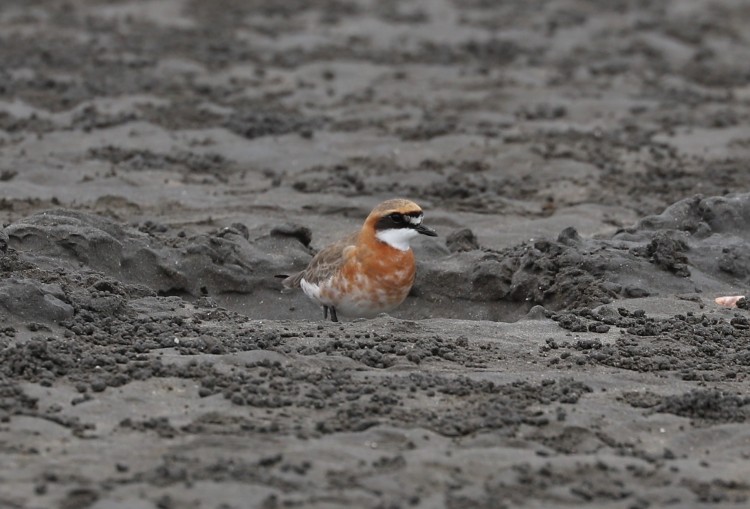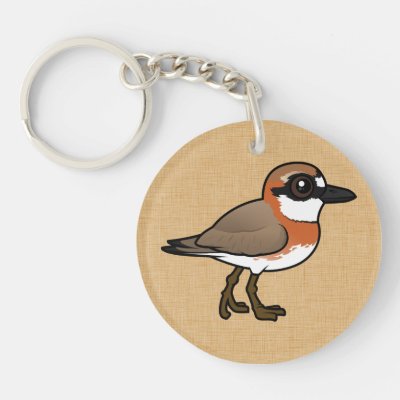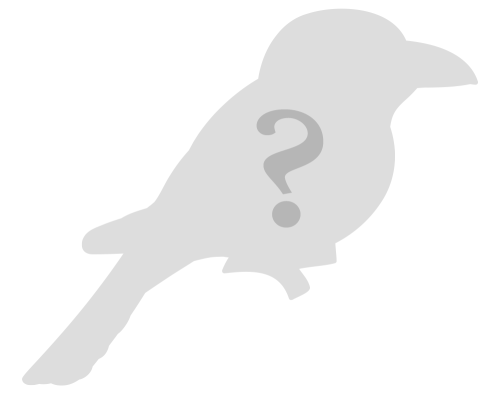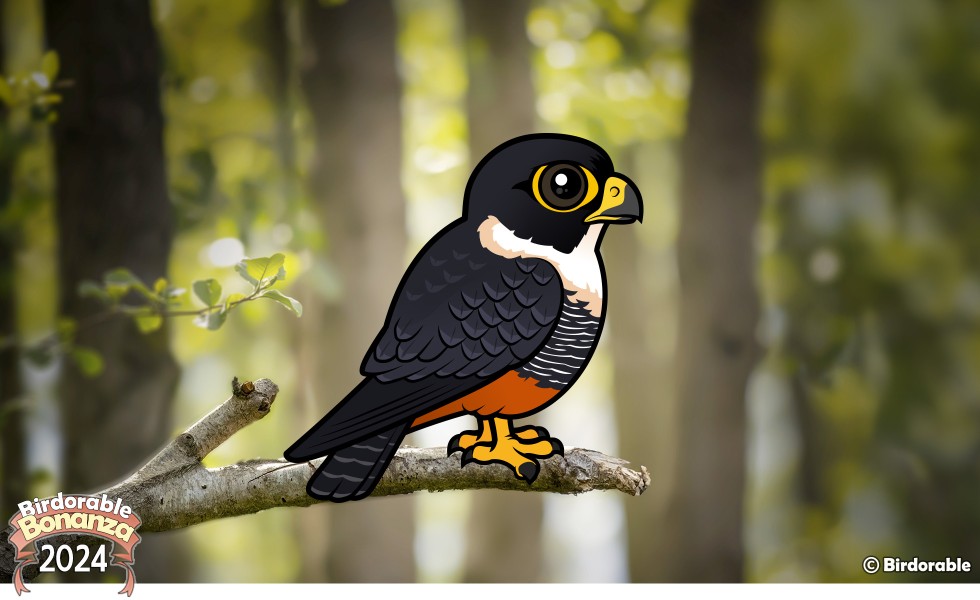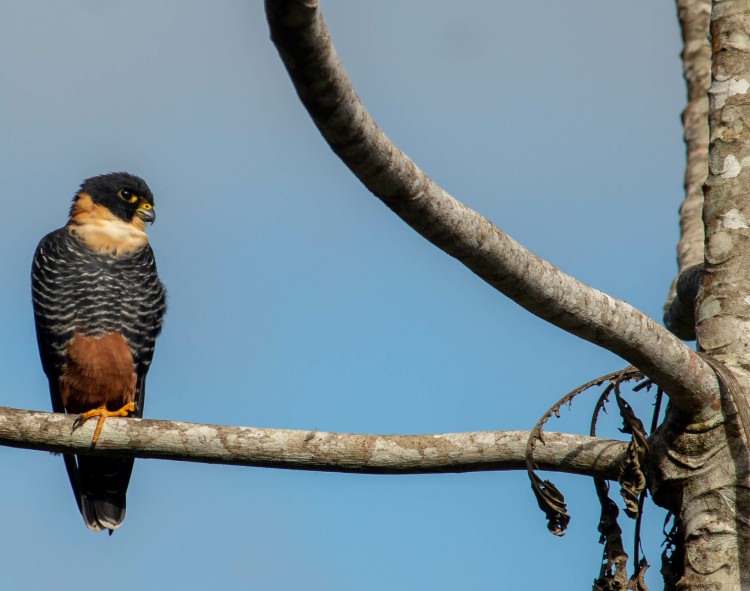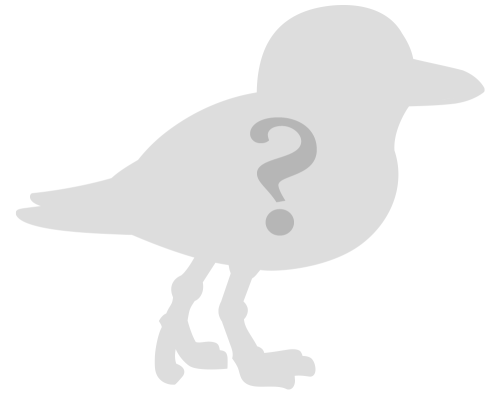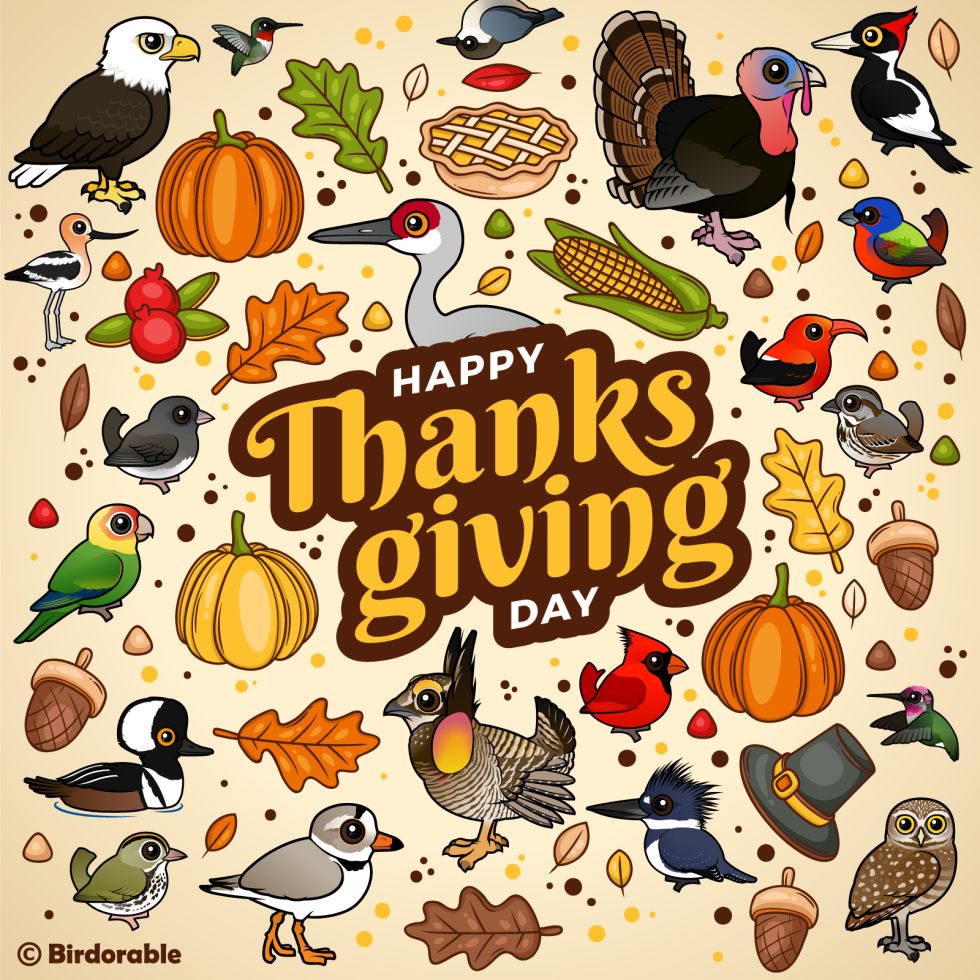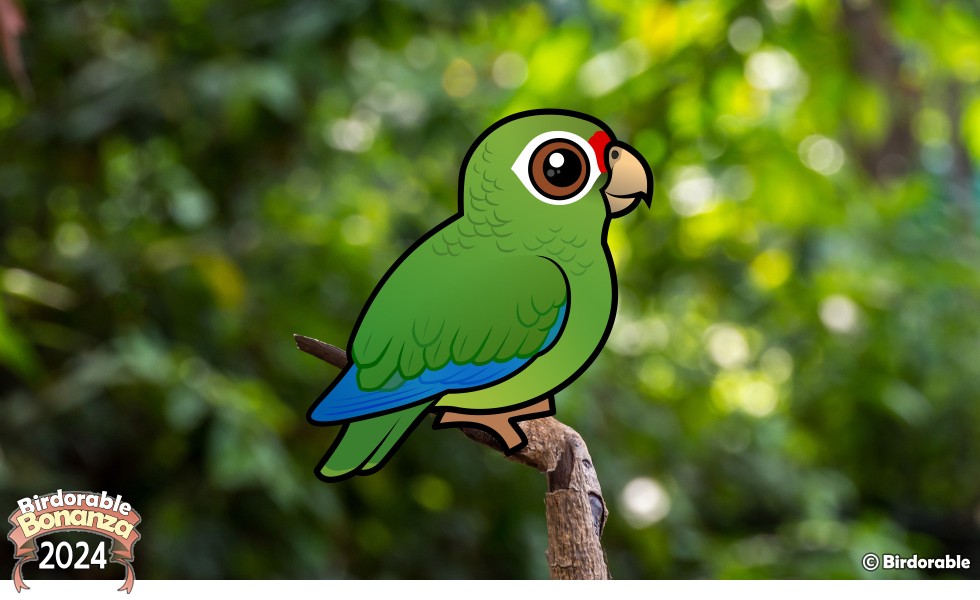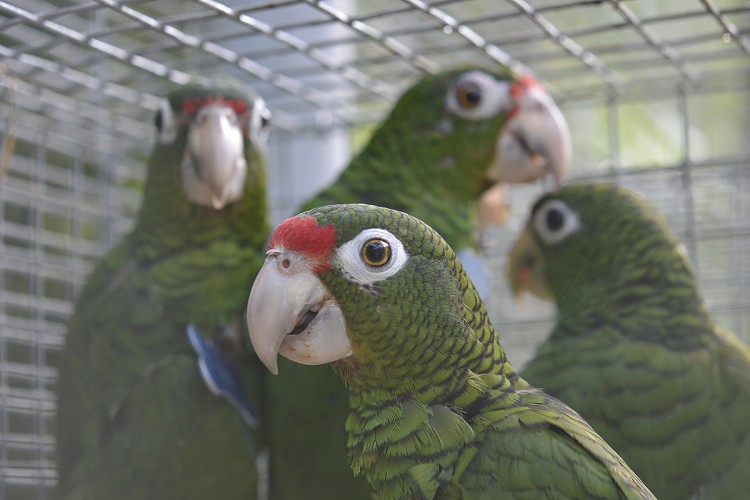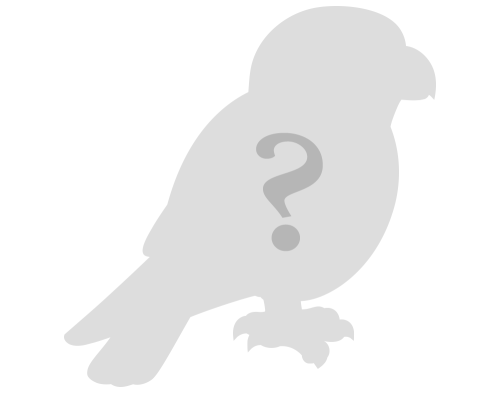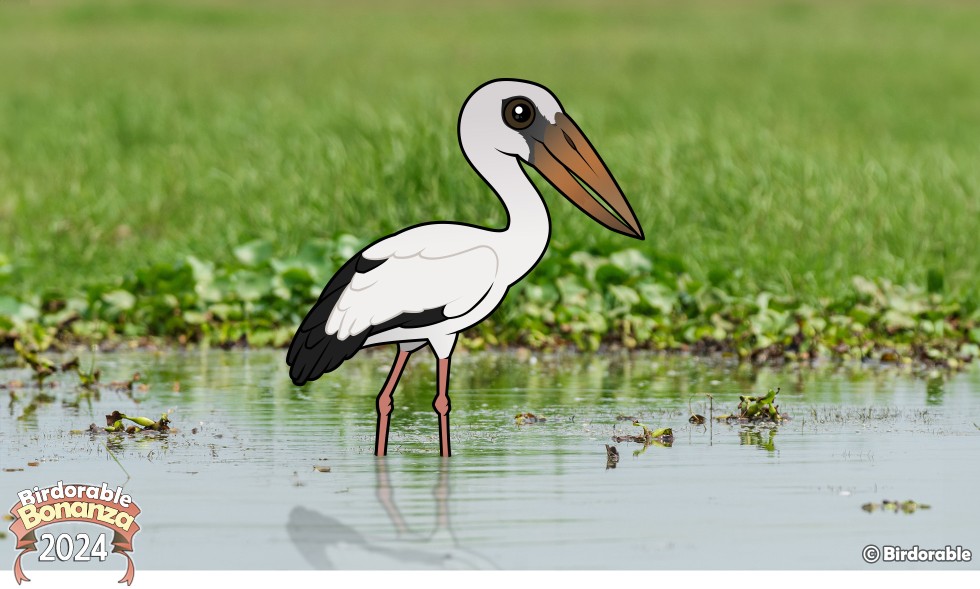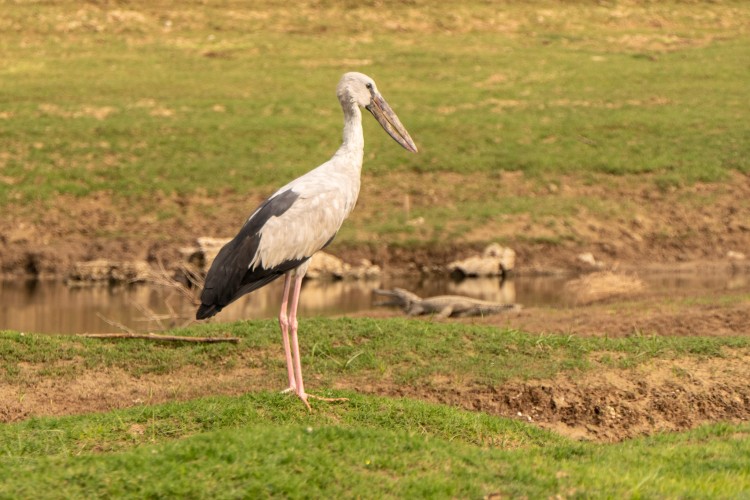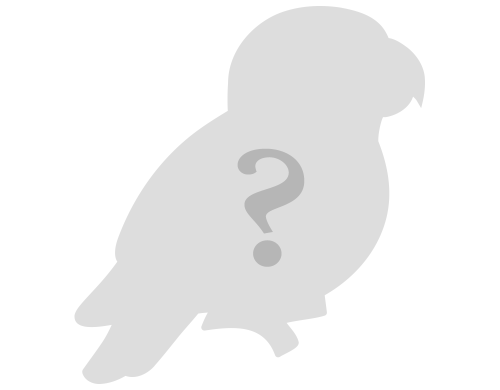As the year comes to a close, we’re looking back at some fun Birdorable stats from the past 12 months. From new bird designs to exciting blog posts and more cute bird-themed goodies, here’s 2024 by the numbers:
39 New Bird Species Added
We added a colorful variety of new birds, from striking raptors to adorable backyard favorites. Some of the highlights include the magnificent Bat Falcon, the colorful African Chaffinch, the vibrant Southern Red Bishop, and the beloved little Bushtit. With all of the new additions, our Birdorable family now includes a whopping 824 species of bird!
56 Birds Refreshed & Renewed
With fresh new illustrations, we updated and up-cuted 56 birds this year. Updated Birdorable bird species include the backyard favorite Tufted Titmouse, the familiar Ruby-throated Hummingbird, the ubiquitous Barn Swallow, and the charming California Quail.
100+ Fun Bird Related Blog Posts
We shared fun bird facts, conservation stories, species spotlights, and merchandise features throughout the year with 107 new blog posts. From reading about bird migration to exploring unusual nesting habits, discovering new species and learning bird-related terms, we love connecting with fellow bird lovers through our blog.
Stilt Species Spotlight: Learn About the World's 6 Stilts
Songs Inspired by Birds: A Melodic Connection

Birds have long been a source of inspiration for musicians, symbolizing freedom, beauty, and nature. Songs about birds or those that mention birds capture these themes in melodies and lyrics, resonating with listeners in various ways. Here’s a look at some iconic songs that feature our feathered friends. Here are some catchy tunes along with the birds that inspired them.
Birds and the Big 2024 Cicada Emergence: A Natural Feast

Periodical cicadas are among nature's most fascinating insects, with their synchronized emergences occurring every 13 or 17 years. These insects spend most of their lives underground as nymphs, feeding on tree roots. When they finally emerge, they transform the landscape in remarkable ways, not just for themselves, but...
Winged Harbingers: The Annual Return of the Swallows to Capistrano
Top-Selling Birdorables in 2024
- Best-Selling Design: Our State Birdorable of Maryland, the Baltimore Oriole was our most popular selling design in 2024.
- Most Popular Product Type: T-shirts offered via the Birdorable Amazon shop were the most popular product type for Birdorable fans in 2024.
Social Media Highlights
We shared hundreds of bird-themed posts across our socials, connecting with birders and nature enthusiasts worldwide via X, Facebook, Threads, and our new account with Bluesky.
Looking Ahead
As we wrap up the year, we’re excited to keep growing our flock with more birds, new products, and even more fun bird facts and stories. Thanks for being part of our Birdorable journey — here’s to another year of celebrating birds together!




















